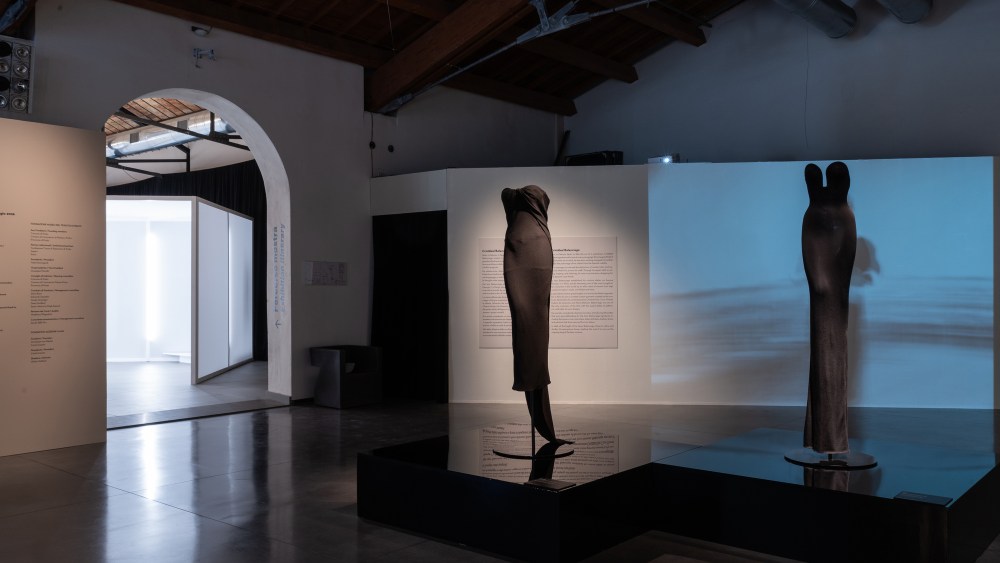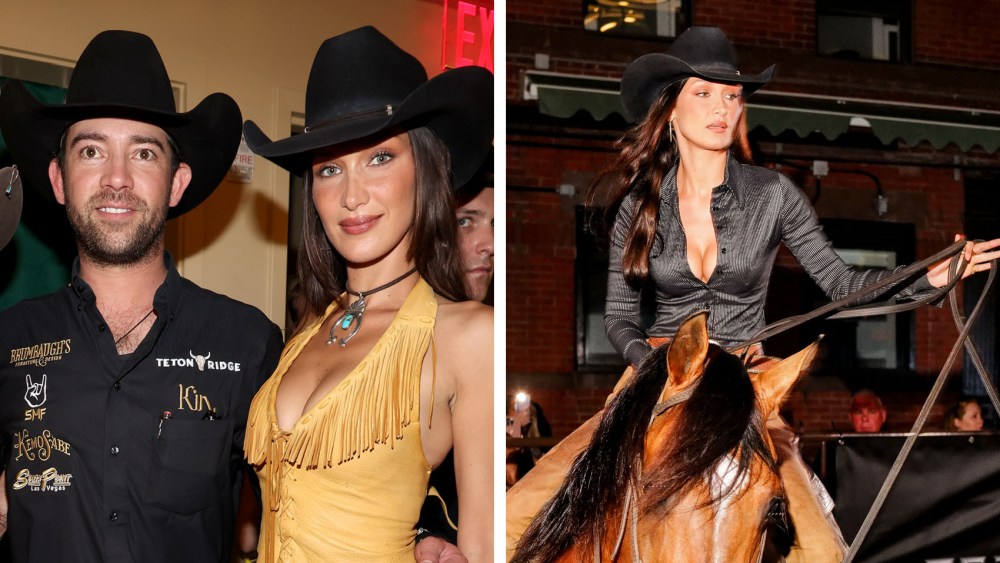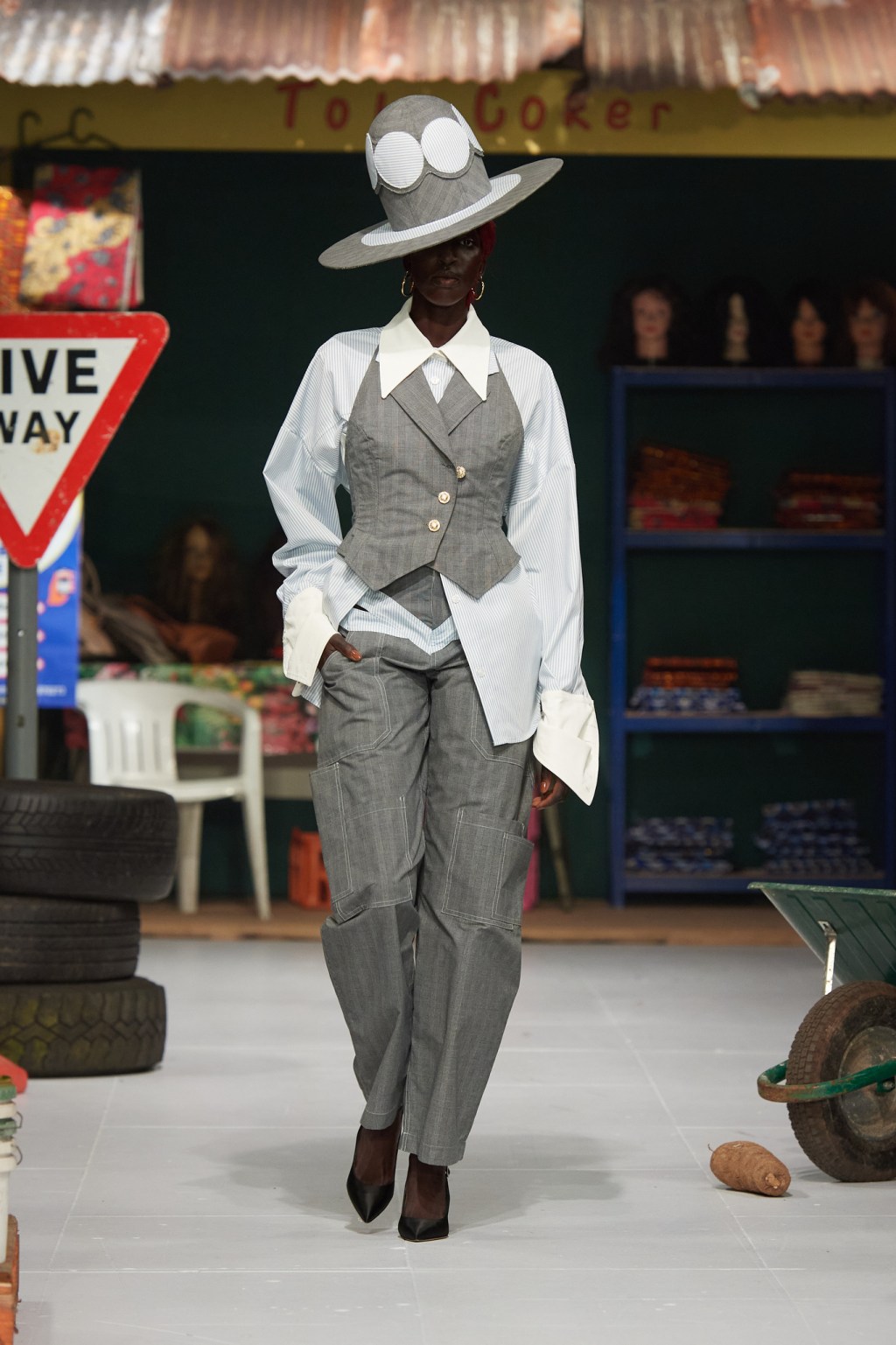PRATO, Italy — What better way to conclude anniversary celebrations than with an exhibition about two great couture masters?
To mark the conclusion of its 50th anniversary celebrations, the Museo del Tessuto here has chosen to mount, for the first time in Italy, the exhibition “Azzedine Alaïa, Cristóbal Balenciaga, Sculptors of shape,” running from Saturday to May 3, 2026.
The two designers were previously featured together in an exhibition in Paris in 2020, but this is the first time the show has been replicated in Italy.
The exhibition was created in collaboration with the Alaïa Foundation and the Balenciaga Archives in Paris, under the curatorship of Olivier Saillard. The French Embassy is among the patrons of the Italian event. The exhibition design, specifically tailored to the museum, was curated by Guicciardini & Magni Architetti in collaboration with Arianna Sarti, museum exhibition manager.
You May Also Like

The opening press conference on Friday included Carla Sozzani, president of the Azzedine Alaïa Foundation in Paris; Saillard; Gaspard de Massé, director of the Balenciaga Archives in Paris; Filippo Guarini, director of the Museo del Tessuto di Prato, and Fabia Romagnoli, president of the Museo del Tessuto di Prato Foundation.
During the conference, Sozzani recalled that the idea for the exhibition dated back to 2018 and came from the late designer Hubert de Givenchy. “This exhibition is also a tribute to the late Hubert de Givenchy’s vision. Shortly before his passing, he requested a meeting with the Alaïa Foundation, during which he expressed his wish to see the works of these two masters showcased together,” she said.
“It’s essential to hold this exhibition here in this museum because for both designers, everything begins and ends with fabric,” said Saillard, referring to the fact that Museo del Tessuto translates into Museum of Fabric. “This connection to the city of Prato is crucial to remember, especially for designers now, who must consider the raw material and work it in a way that brings out its full potential.”
The exhibition features 25 creations each by Alaïa and Balenciaga.
Alaïa himself was a collector of Balenciaga’s work, and as he was used to recounting, when Maison Balenciaga closed for good in 1968, he was called upon by Mademoiselle Renée, the maison’s historic deputy general manager, to choose a selection of Balenciaga’s creations since the brand was selling them. Alaïa was so amazed by the shapes that they were the starting point of his vintage fashion collection.
Alongside the garments, the museum is displaying 12 original drawings by Balenciaga, dated between 1950 and 1968, from the Balenciaga Archives in Paris, shown in Italy for the first time.
The exhibition begins with two iconic garments: a long, sleeveless body-con evening gown in black jersey featuring a bustier with a deep center cutout from Alaïa’s fall 1988 couture collection, and a long evening gown with a black cloqué silk train and draped bodice from Balenciaga’s fall 1960 couture collection. These pieces are placed between two screens, one of which projects a film on the life and work of Alaïa made by Joe McKenna, fashion editor and stylist, and the other featuring a never-before-seen video showcasing the presentations of Balenciaga’s summer 1960 and 1968 couture collections from the Balenciaga Archives in Paris.
The exhibition is then divided into three sections: Atelier Tailleur, Atelier Flou and Spain.

The garments by the two designers are arranged side by side or facing each other, allowing visitors to appreciate the contrast between Balenciaga’s formal elegance and Alaïa’s sensual style. The exhibition space is in optical white, with neon lighting that highlights the details and embroidery of each piece, showcasing the designers’ meticulous craftsmanship.
The Tailleur section features a short redingote dress by Alaïa from the fall 2005 collection in navy blue wool cloth with a small flat collar, pleats on the hips, and decorative stitching. The closure is made with a zipper on the front, a characteristic element of many of his creations. This dress is paired with Balenciaga’s spring 1949 couture garment in fitted black wool with shoulder flaps, mandarin collar, and slit flap pockets on the hips.
Both designers cut and sewed directly manually, demonstrating their thorough knowledge of fabrics and their properties as the raw material for their architectural designs. Velvet is an important aspect of the textile inventory of both designers, who chose it for its firmness, moldability, and luster.
The Atelier Flou section features day, cocktail, and evening gowns in flowing, soft fabrics with pleats and draping. The day and cocktail dresses include Balenciaga’s spring 1960 couture dress in black wool crepe with a panel draped over the shoulders like a stole and a bow decoration on the side, and Alaïa’s short, fitted dress from the spring 2007 collection in black jersey, draped over the bust with thin shoulder straps and gathered at the hips.
In the two designers’ collections, the color black dominates, with occasional bursts of color used to create strong contrasts. Balenciaga’s spring 1961 couture evening ensemble features a long sleeveless dress and cape in pink gazar.

The final section of the exhibition is devoted to Spain, with flamenco-inspired garments and lacework. Ruffles take center stage in Balenciaga’s long black silk evening gown from fall 1961 couture and Alaïa’s black wool and viscose knit dress from fall 2011 couture. The bolero jacket is a recurring theme, with both designers putting their own spin on the classic Spanish garment.


